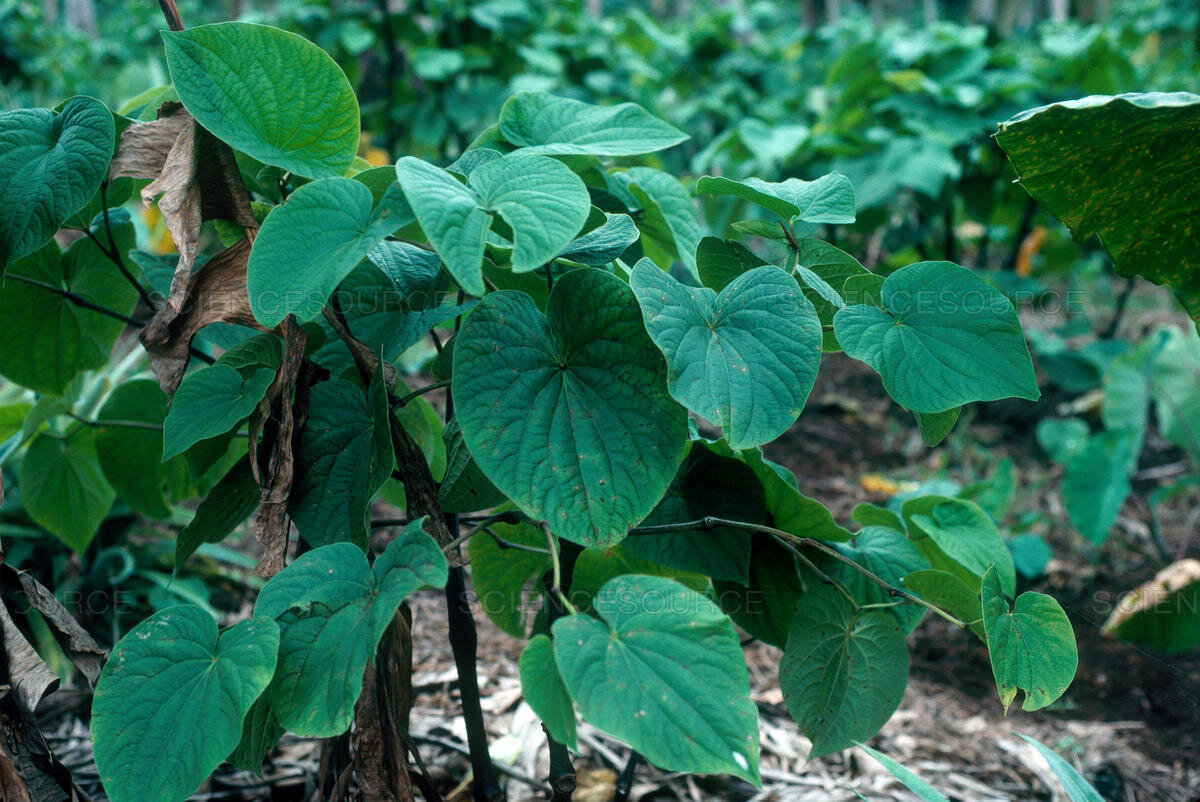What is Kava?
An Ancient Root With Healing Properties
What’s all this buzz surrounding kava lately? Well, kava isn’t exactly new, in fact it’s been around for at least 2,000 years. The plant has an estimated 2,000 year long history of medicinal, spiritual, and celebratory/ceremonial use throughout much of Oceania. It’s traditionally made during birthdays, graduations, and other big events, and is mostly reserved for special events. Kava (Piper methysticum) is an evergreen plant native to Polynesia, Micronesia, and Melanesia. While it’s leaves are beautiful, it’s the root of the plant that people ingest for its effects.
Kava is made by grinding the root of the piper methysticum plant to create a sort of pulverized powder, that is grey-ish yellow in color. Generally, it’s then mixed with water (or coconut milk) and subsequently strained to create a bitter drink that is drank all at once, sort of like a shot.
What Does It Feel Like?
So what are its effects? Well, it’s a subtle psychoactive and acts much like a sedative (however, it can have the opposite effect for some, depending on your body and the strain). It’s also ingested for its analgesic effects, which is great for people with chronic pain.
The effects also depend on the plant itself, and the way it is made. But generally, its effects are quite subtle. Some prefer it to alcohol or other alternatives due to its mild nature.
If you’re a first time kava drinker, you should expect your mouth to go numb, and for your body and mind to feel relaxed. It also has what’s called a reverse tolerance, so first time drinkers may need to ingest more to get the same effects as steady drinkers.
Is It Safe?
Yes, kava is safe in moderation, and when prepared correctly. Cases of liver toxicity are related to the manufacturing process and the mislabeling of ingredients.



